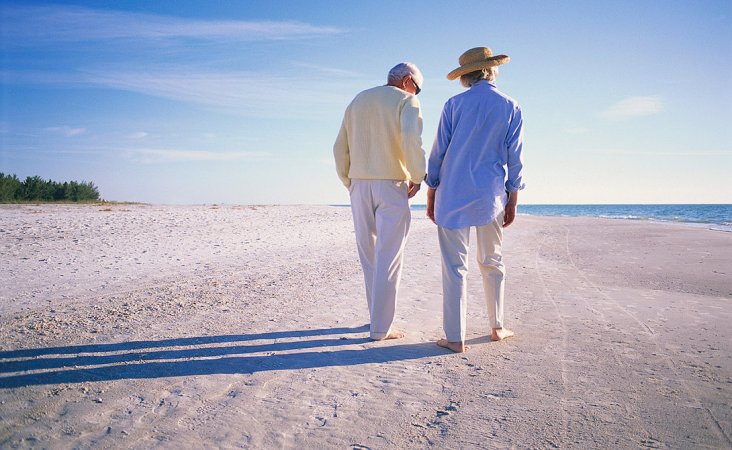
What is canal narrowing or calcification in the waist?
Generally, after the age of 50, depending on the deterioration of the bone structure, osteoporosis and familial predisposition, the pain starts from the hips by standing for 1-2 minutes and walking 50 meters, progressing to the leg and foot, and partially decreasing by sitting or bending the waist forward. . This clinical picture is called lumbar stenosis or calcification among the people.
In the last 3-4 years, there has been an increase in pain every year, equal to the previous year, and a decrease in walking distance and standing time. What is my disease, what other clinical findings does it give?
A person who tried to complete a distance of 100 meters and 3-4 minutes of standing without sitting and leaning forward in the previous year cannot stand for 1-2 minutes and walk 50 meters after a year. The patient can give this clinical picture in minutes or meters, and complains that I cannot stand up to wash my hands in the sink and I feel the need to sit because of the pain, or I cannot stand enough to shave and I have to sit. Women, on the other hand, complain that I can’t stand at the kitchen counter and lean on the kitchen counter with my elbows supported and I can only complete my work or sit down. In the last 3-4 years, we should remember the narrow canal in the waist when we see someone walking forward by bending their back.
What other diseases can these pains be confused with and cause wrong surgeries?
These complaints are also seen in those with a low back slippage, but unlike those with a low back slip, they also experience pain when sitting up and bending forward and straightening up. If the pain is localized only to the hip and does not spread to the leg in those who have pain when they stand up and step on their feet, then it is necessary to consider the problem of the hip. While the pain in the narrow canal in the waist decreases with sitting and leaning forward, unlike the lumbar hernia, the pain does not decrease with bending forward and sitting, and it always continues.
Is surgery necessary in lumbar canal narrowing?
Waiting for a person who cannot stand for 1-2 minutes and walk 50 meters to meet his own needs is to avoid facing reality, because knowing and accepting that a person with a clinical picture will not be able to walk 5 meters in a few years, that is, he will be bedridden. must. Acceptance is half the cure. While these patients partially benefit from physical therapy in the initial stages, they do not benefit from physical therapy in the last stages, and those who persistently continue physical therapy during this period experience a delay and reach the point where they cannot walk or stand. At this stage, a partial response is obtained in those who undergo surgery. Those who want to benefit seriously from surgery have to undergo surgery in the clinical picture that occurs with standing for 1-2 minutes and walking 50 meters, which is the last point.
What is your chance of success in surgeries?
We have applied thousands of these surgeries to those that require surgery and we continue to do so. With the right surgical approach at the right time, we ensure that the appropriate patient lives with quality and standing on his own feet, meeting his own needs. Among our patients, the age of 70-78, who is said to be “the job is done”, is considerably higher than the patients who have had coronary by-pass surgery and have diabetes. We should show that they are “Age seventy, but the work is not finished” by standing comfortably and walking comfortably, like they are standing.

